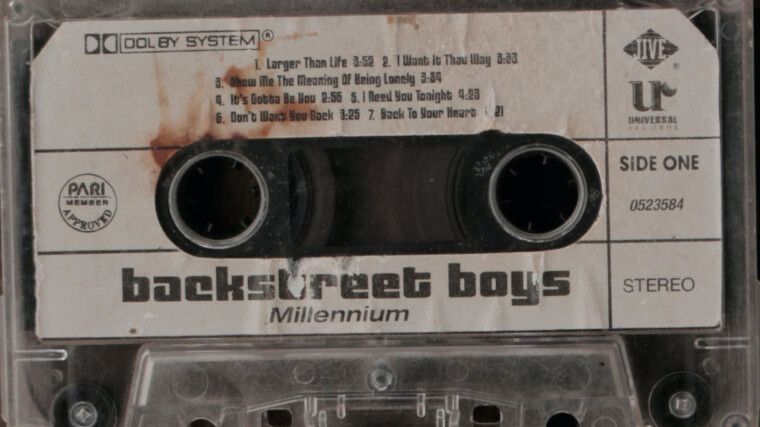The ‘90s in Singapore, as described by the older generation, seemed like a time when the pace of living was slower, the smiles were warmer, and the connections deeper.
The contrast of the ‘90s era with the digital chaos of today often leaves me with a bittersweet feeling. It made me long for a time I never had the chance to experience yet feel a deep connection with.
Although I was born in the year 2002, at times, I feel like an old soul.
While the rest of the world is caught up in trends and new technological gadgets, I crave, deep down, the simplicity of the ‘90s.
There is a certain purity, beauty, and zen-like appeal in the simple life—or what I know as a time in the ‘90s.
Life Before Smartphones
While my parents grew up with static, black-and-white television and flip phones, I grew up in a generation of what we know as the Information Age. In this most technologically advanced era, iPhones, MacBooks and HD television screens were what I was familiar with in my childhood.
In contrast to the 2000s, the ‘90s were a much simpler time when everyone wasn’t on their mobile phones, scrolling on their screens and hooked on social media like people today are. Unlike today’s smartphones, folks in the ‘90s used pagers.
Pagers are quintessentially the equivalent of our mobile phones—well, without using the Internet. I remember hearing stories of my parents and grandparents reminiscing about the times when they would use pagers as a mode of communication with their friends and family.
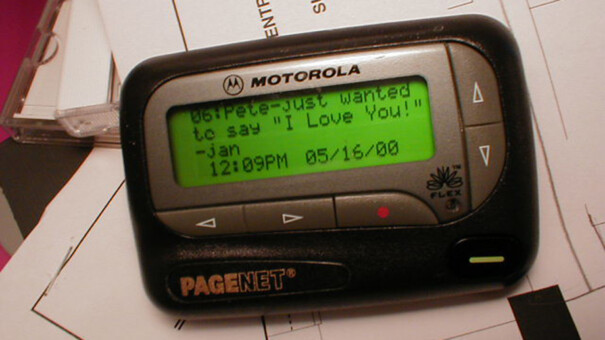
The simplicity of pagers, in contrast to today’s mobile phones, evokes a nostalgic charm, reminiscent of a time when communication had a touch of mystery.
According to a study, more than 61 million pagers were in use by 1994, as pagers became popular for personal communications.
It was a unique period. Everyone who owned a pager had a sense of excitement whenever they received a page. It signified a simpler and profoundly connected community.
As most of the communication on pagers is short, people would have to remember pager codes to denote certain messages. For example, ‘Hello’ would be 07734 and ‘I love you’ would be 143, though there are several variations for each message depending on which country you are from.
Being accustomed to using social networking applications like WhatsApp, Telegram, Facebook, and Instagram, I found this somewhat refreshing. The thought of having a pager instead of the many devices and platforms we use today seemed efficient, straightforward and nostalgic.
Knowing that someone is willing to go the extra mile to beep us with a pager and considering how much harder it is to type on those clunky devices compared to our slick touchscreens just makes the interactions on the pager all the more special and meaningful too.
More Social Interactions Amongst Neighbours
Long gone were the kampung (village) days. The kampung spirit has been an important and cherished aspect of Singapore’s heritage.
Due to geographical location and proximity, the kampung community remains tight-knit. Everyone knows everyone, and people used to leave their doors open as a sign of welcome towards neighbours for regular chit-chats over a cup of teh o or kopi.
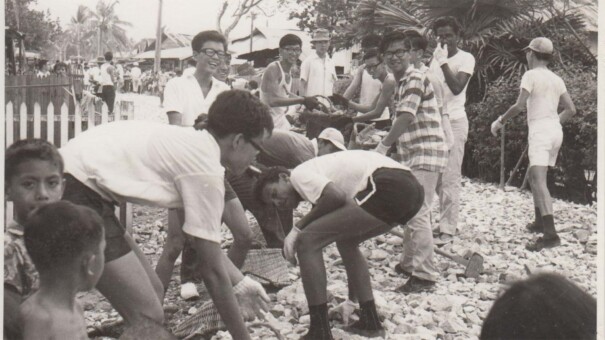
There was trust and a greater sense of community spirit shown in neighbourhoods in the past compared to now. Instead of a simple “hello” and “how are you?”, we have become so protective and individualistic that even a simple greeting seems difficult these days.
Even within our neighbourhood, we fail to acknowledge each other due to our lack of social skills and would rather remain glued to our devices.
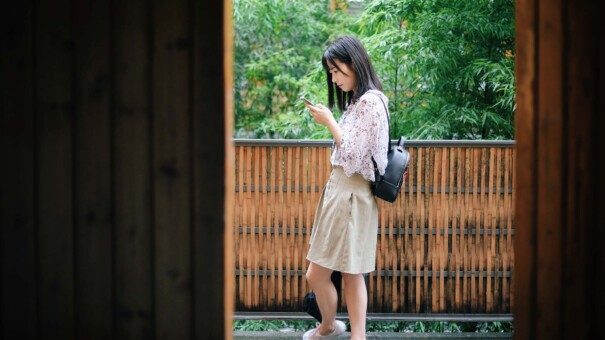
As a social creature, I crave human interactions on a daily basis. Being a part of the digital generation made me yearn for the ‘90s and wish I could have the chance to experience the kampung spirit.
Gaming and TV Shows in the ‘90s
As a member of Gen Z, using the Internet has become a regular part of my daily routine, almost unthinkable to imagine life without it.
I won’t even deny that my morning routine often involves the habitual act of checking my phone for messages or indulging in some social media scrolling.
Contrast this with the ’90s, where life unfolded in a remarkably different manner, especially when it comes to the use of the Internet and communication.
During that era, people were allocated a limited Internet usage quota of either 12 hours, 24 hours, or 36 hours per month on their rather bulky computers. Surpassing this Internet usage meant they would have to suffer the daunting possibility of paying a hefty amount of extra charges.
This also had a significant impact on the way Singaporeans enjoyed their entertainment, reshaping the way they used to engage in leisure activities.
Back then, LAN shops experienced a booming popularity, serving as hubs for those seeking high-speed local network access. People willingly shelled out $4 per hour to play their favourite games. These places also often draw crowds of fellow gamers keen to observe their gaming prowess.
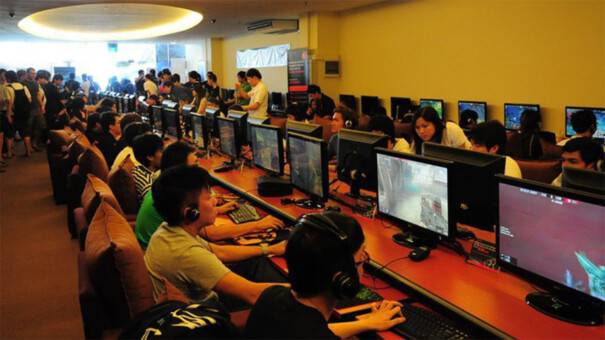
Remarkably, the gaming landscape back then featured iconic retro consoles like the Sega Mega Drive and Super Nintendo.
Fast-forward to today, while LAN shops and cybergaming cafes continue to exist, they have clearly lost the trendy allure they once had.
With the advent of technological gadgets and the Internet, these establishments have become less necessary.
Even a 12-year-old in this era is likely to own a pair of AirPods and an iPhone, highlighting the widespread accessibility of such devices.
Let’s not forget the impact of television shows in the ‘90s.
Back then, there weren’t online streaming platforms like Netflix or Disney Plus where you could scroll through various films and series. While kids born in the 2000s grew up with shows like iCarly, Drake & Josh or Victorious, folks in the ‘90s grew up with Beverly Hills 90210 and Melrose Place.
Beverly Hills 90210’s storyline is similar to that of Gossip Girl. The series follows a group of privileged and rich teenagers who live in Beverly Hills, one of the upscale streets in California.
If you grew up watching these, you’ll understand that once you start, you likely won’t be able to stop.
The Dating Scene in the ‘90s
For Gen Z and millennials navigating the dating scene in Singapore, meeting people authentically in the digital age is a familiar dilemma.
Before we could swipe left or right, singles went to coffee shops, restaurants, and bars or met someone through mutual friends.
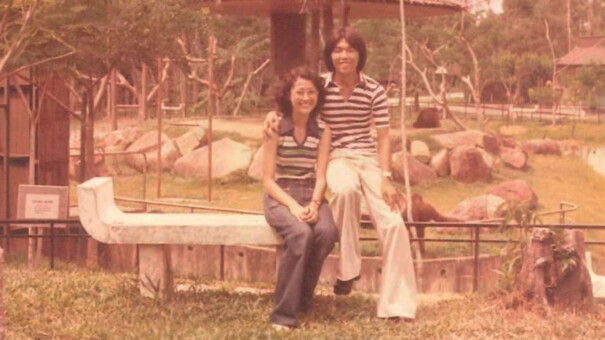
This shift in dating dynamics is exemplified by dating apps like Tinder, Bumble, OkCupid and Coffee Meets Bagel.
These platforms not only change how we meet but also expand the geographical scope of our dating pool. If you paid for a premium subscription on any dating app, you could access features like Travel mode and find a match across the globe through a single swipe.
The proliferation of dating apps has impacted people’s perceptions of relationships and their approach to dating. Individuals may perceive potential partners as easily replaceable due to the options available on dating apps.
This perception is amplified by the convenience of knowing that there will be an endless array of new faces presented to you behind the comfort of your iPhone screen.
Venues That Shaped the ‘90s
We can’t forget about the venues and places people used to hang out at in the ‘90s.
If you were a teenager back in the day, you would know that Swing Singapore was the go-to street party where all the cool kids went for the countdown and New Year’s celebrations.
Orchard Road had been the main venue for Swing Singapore when it first started. But, this has since moved to other locations, such as the Padang and the Singapore Expo.
Similarly, Zouk also strikes a chord for those who grew up in the ‘90s.
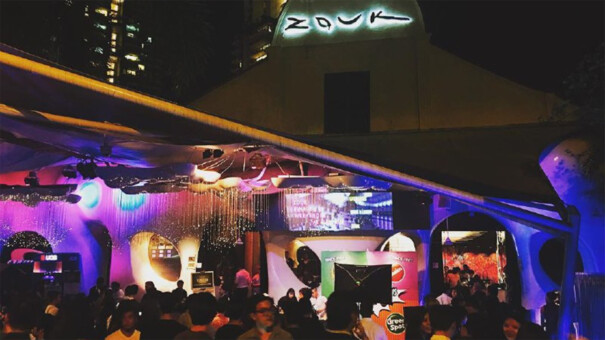
Whenever it’s Friday night, whether you’re a university student chucking away your readings for the week or booking out of your army camp, Zouk is the place to let yourself loose.
While Zouk still remains in Singapore and has become one of the biggest nightclubs in Clarke Quay, the old Zouk at Jiak Kim Street sets off a wave of nostalgia for every 90s-born clubber.
Singapore’s Development in the 1990s
As I take a trip down memory lane, I couldn’t help but admire the evolution that Singapore has gone through.
Singapore has gone from a culturally rich village to a cosmopolitan hub as the 2000s rolled in.
The ‘90s was also a period when Singapore started to develop and become one of the world’s most prosperous nations. This is evident in the launch of the Changi Airport Terminal 2, which became operational on 22 November 1990 and was officially opened on 1 June 1991.
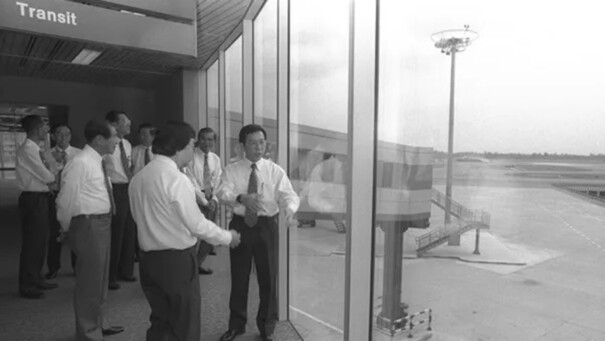
The launch of Terminal 2 wasn’t merely about facilitating travel; it symbolised the significant developments that were taking place in Singapore.
Despite having grown up in the 2000s and wishing I had grown up in the 1990s, I feel grateful for being part of a generation where technology and education are readily accessible at our fingertips.
The current digital landscape offers unprecedented access to education and technology like never before, revolutionising access to information and making educational resources available online for anyone.
Instead of asking a parent or a friend for help, Gen Z’s first instinct is often a quick Google search. They seek information on anything from tying a tie to starting meal prepping or even removing a stain from a white shirt.
This trend extends beyond simple Google searches. Websites, online courses, and educational tutorials on YouTube have become go-to resources. People now turn to the Internet to learn various skill sets, catering to their needs and interests.
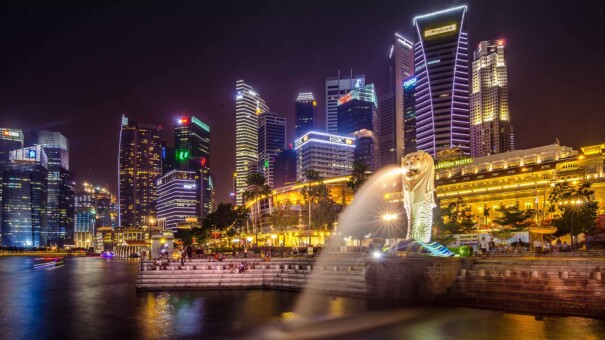
While every decade has favourable and unfavourable factors, I often find solace in the simplicity and authenticity that the ’90s era represents. The ‘90s was a reminder of the essence of human connection and the beauty of a simpler life.
Reminiscing on the ‘90s feels like a reminder to me that Singapore has gone through so much over the last few decades. While I am glad that we have progressed collectively as a nation, there is still so much we can work towards, especially when it comes to the graciousness and kindness we have towards each other.
As we move towards more progression, let’s not forget to embody the kampung spirit from the ‘90s that’s lacking in our communities today. To quote the Backstreet Boys, “I want it that way!”
Look at our homage to the ‘80s article to take you back further in time.
